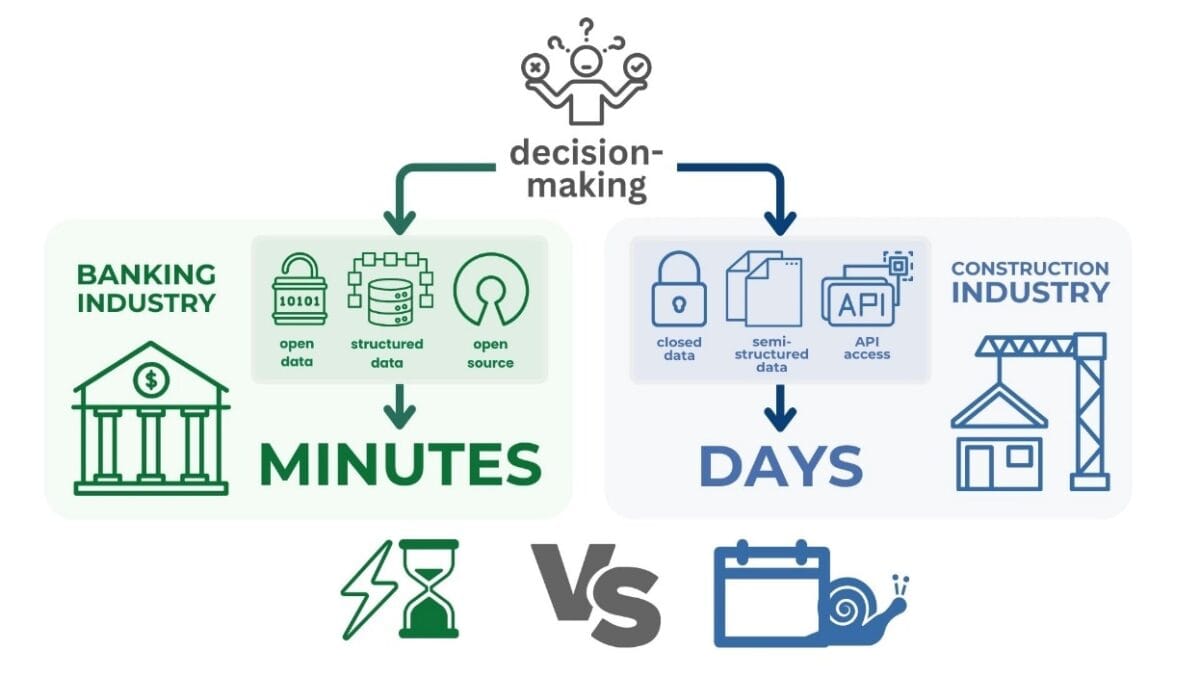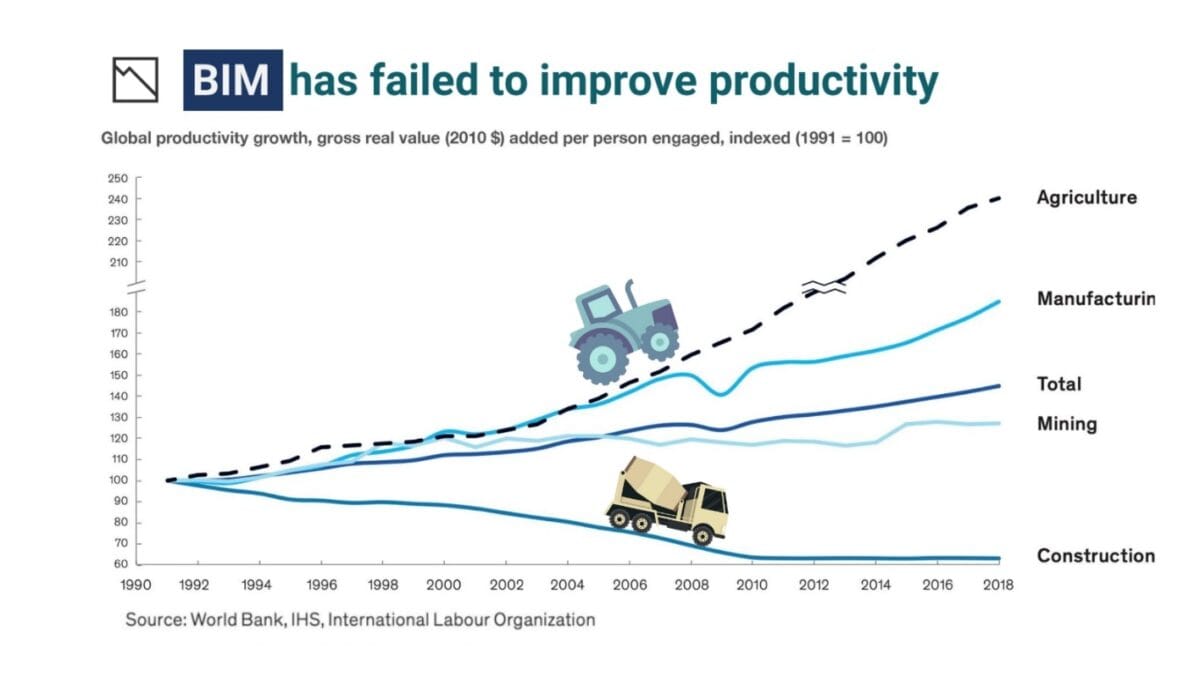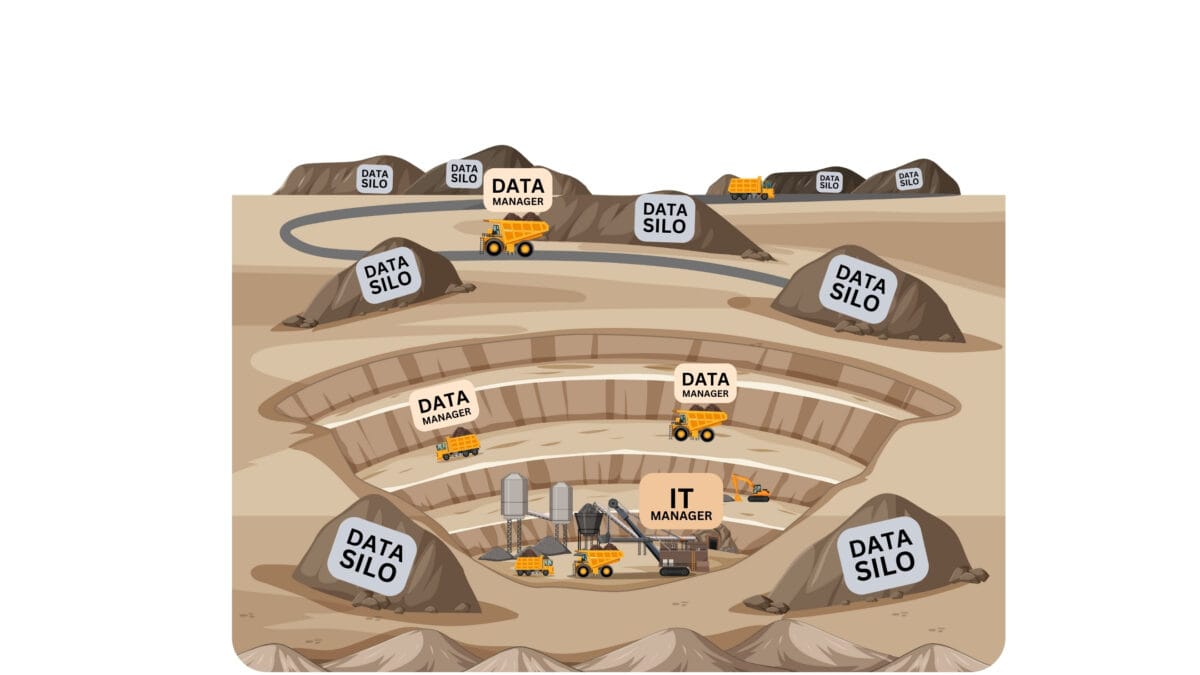Today, we rely on ERP, CAD (BIM), EMP or cloud corporations to store our data when exchanging data between different systems. To maintain their influence on the construction industry, corporations that do not benefit from data transparency and interoperability have monopolized data storage and processing.
The proprietary nature of systems results in each program having its own unique format that is either closed and inaccessible from the outside - RVT, PLN, DWG, NDW, NWD, SKP or available in a semi-structured (and often mixed) form - JSON, XML, CPIXML, IFC, STEP and ifcXML, IfcJSON, IfcSQL, RDF, dotBIM, BIMJSON. These various data formats not only differ in structure, but also include different versions of internal markup that developers need to understand in order to create interoperability between applications that work with these formats.
Without giving access to databases directly, each software vendor in the construction industry invents its own “bicycle”, which must be used by a specialist to import and export data.
As a consequence, vendors of basic CAD (BIM) and ERP solutions are constantly raising prices for using their products, and ordinary users are forced to pay a "commission" at every stage of data transfer in 3D-8D systems: for connecting, importing, exporting and working with data that users have created themselves. The cost of accessing data in cloud storage from popular CAD (BIM) products in 2024 reaches $1 per transaction, and subscriptions to ERP products for medium-sized companies reach hundreds of thousands of dollars per year.

Due insularity and complexity of data that companies have to work with in the construction industry, the speed of decision-making is tens and hundreds of times slower than in other industries.
The point of today's software zoo is that it is not automation or efficiency gains - but the skill of engineers in their knowledge of specific highly specialised software, that affects the quality and cost of a construction project, and the profit and long term survival of construction companies.
The lack of open data in the process of creating a puzzle of closed system solutions and the resulting lack of quality communication between individual specialists has led the construction industry to the status of one of the most inefficient sectors of the economy in terms of productivity.
Over the last 20 years of application of CAD (BIM) design, the emergence of new systems (ERP), construction technologies and materials, the productivity of the entire construction industry has fallen by 20%, while the overall productivity of all sectors of the economy has increased by 70% (96% in the manufacturing industry).

The lack of data transparency and effective communication between professionals has resulted in the construction industry remaining one of the most inefficient in the economy today.
Due to the limitations of closed systems and differences in data formats, as well as the lack of effective tools for their unification, companies face the accumulation of significant amounts of data of different degrees of structure. These data are not properly utilized and are transferred to archives, where over time they remain forever forgotten and unused.
Data obtained through considerable effort, due to its complexity, makes it unavailable for future use. This will continue until there is a specialized tool or enthusiast willing to tackle the daunting task of retrieving and using this once lost data.

Hard-mined data is collected into repositories that risk never being used for further processing.
An additional cause of productivity stagnation in the construction industry is not only the lack of process transparency, which benefits all participants in construction except the client and the customer, but also the variability and changeability of tasks faced by all participants in the processes.

















